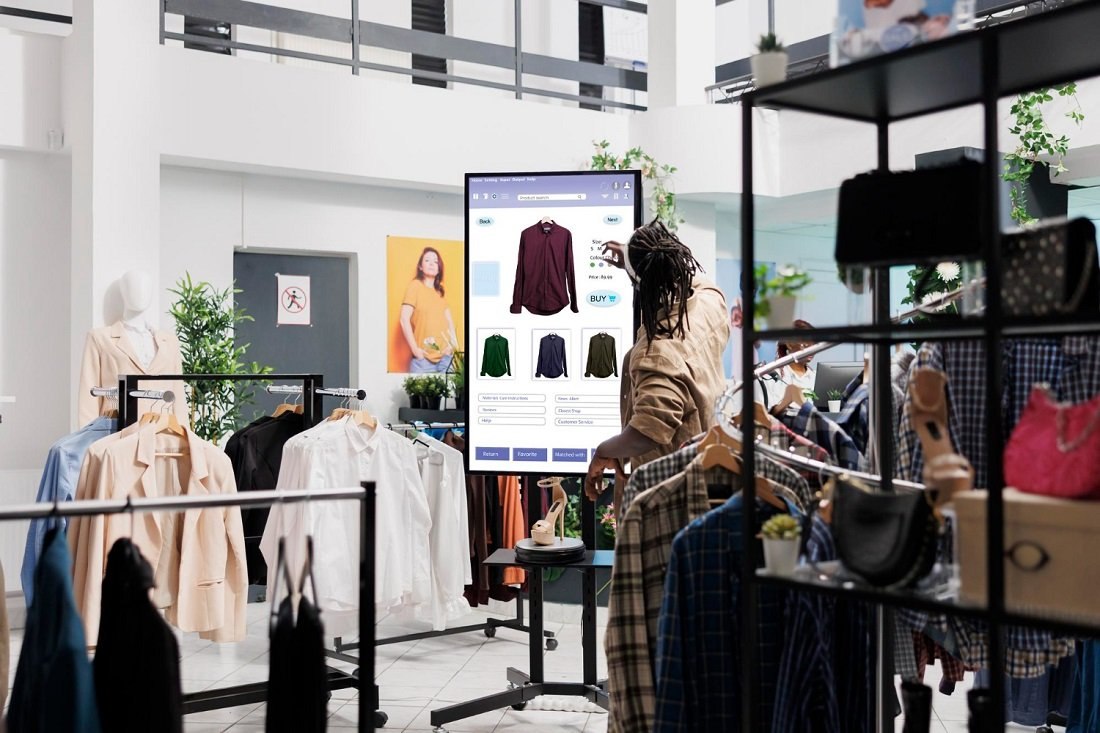
American movie-goers without rewards memberships: Who are they and how do brands speak to them?
Hobbled and hurt by two years of COVID restrictions, America’s theaters likely have their sights set on a summer of recovery. Loyalty schemes could play a supporting role in getting Americans back to the cineplex and YouGov data reveals the attitudes and consumer habits of America’s movie-going public who do not currently have a loyalty membership to their favorite movie theater.
Using YouGov Profiles data, let’s look at Americans who go to the movies at least every three months, but do not currently have a loyalty membership to any cinema. This group is mostly men and most likely to be between 18-44.
Attitudes around loyalty schemes
Most importantly, members of this consumer group are significantly more likely than the general American population to say they are more loyal to a brand when they are a member of their loyalty program (66% vs. 55%). Further, odds are this group will recommend brands when they are a member of a program (65% vs. 46% of US adults) and be more likely to feel emotionally connected to brands when they are a member (60% vs. 40%). Taken together, this paints a picture of the value for brands attracting this group.
What loyalty programs do they subscribe to?
While these movie-goers don’t have any sort of loyalty membership to theater, 27% of them have memberships to one or more supermarkets, 25% have retail-related memberships, and 20% are card-carrying members of loyalty schemes for pharmacies. It’s worth noting that this group is, overall, less likely than the general US population to hold any type of loyalty membership. In other words, this group is harder to entice to become a loyalty program member but those that do join are stronger advocates than the wider public.
Like the general US population, the top reason among this group for subscribing to any loyalty program is to benefit from discounts and offers (35% vs. 46% of US adults). But they are more likely to say early access to promotions or discounts is a reason for membership (21% vs. 16%), as well as to be part of a community (5% vs. 4%).
How to speak to this audience
Television and online advertising will most likely draw their attention, but of course this group of movie-goers are more likely than the general public to be compelled by ads at the cinema (27% vs. 12%).
Beyond that, a look at attitudes around sports, tech, gaming, travel, and retail may also reveal possible partnerships and reward schemes to grow memberships.
Tech companies should know that about seven in ten consumers in this group say they’re usually interested in the latest tech products which is significantly higher proportion than the public (71% vs. 49%). Travel brands ought to know this group is passionate about travel (66% vs. 52%); financial institutions should know they tend to trust banks and credit unions (61% vs. 52%), and retailers should be aware that they can’t resist fancy packaging (52% vs. 26%).
For brands in the worlds of tech, travel, banking, and retail, this shows the value of partnering with theaters to provide perks and incentives to attract this group.
Finally, YouGov data shows that these regular movie-goers who don’t carry a theater loyalty card are notably more likely to enjoy fantasy films (38% vs. 29% of the general public), foreign and art house (16% vs. 10%) and thrillers (43% vs 36%).
This data offers a small glimpse into how cinema rewards can grow in the US, something which may play a crucial role in re-introducing customers back to the theater, pushing back against the streaming services, as well as guarding against a cookie-less future.
Receive monthly topical insights about the Leisure and entertainment industry, straight to your inbox. Sign up today.
Discover more leisure and entertainment content here
Want to run your own research? Start building a survey now
Methodology: YouGov Profiles is based on continuously collected data and rolling surveys, rather than from a single limited questionnaire. Profiles data is nationally representative and weighted by age, gender, education, region, and race. Data referenced is based on a sample size of 1,455 US adults who go to the movies at least every three months and do not have a loyalty membership to any theater. Learn more about Profiles.
































